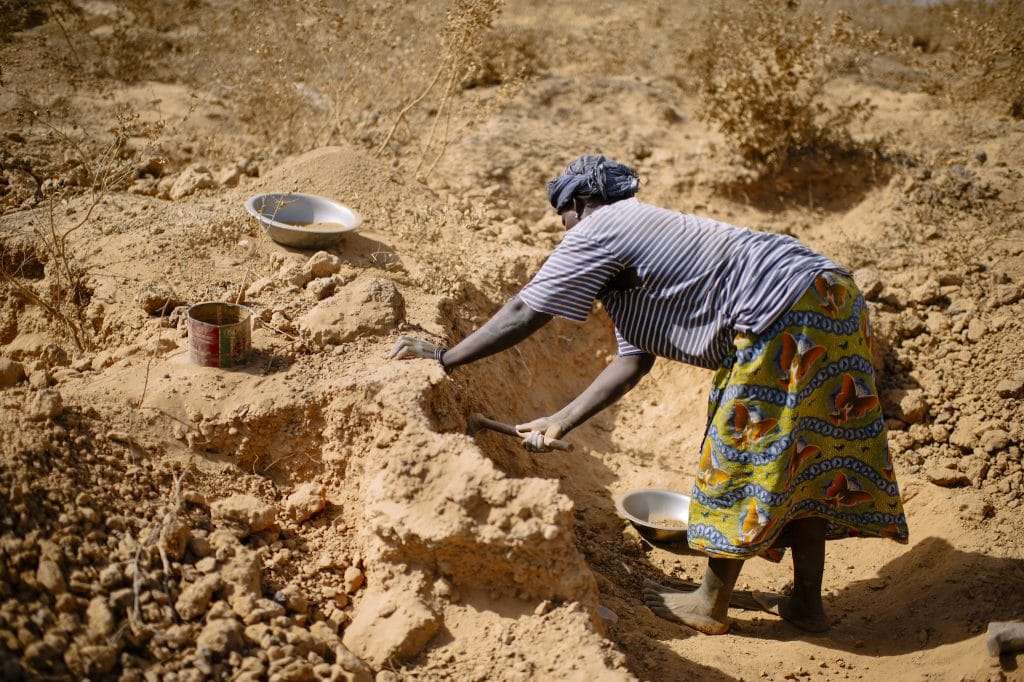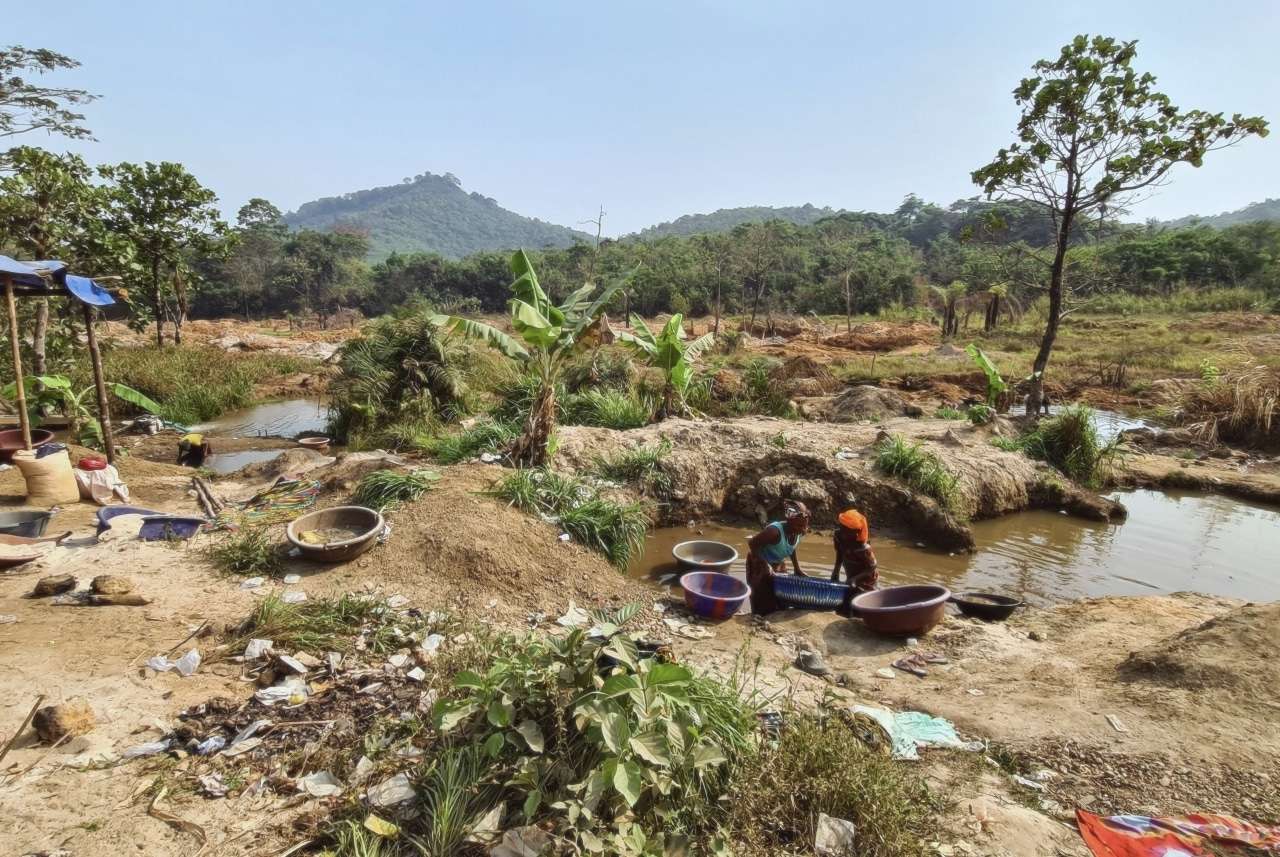New efforts in Sierra Leone aim to boost the burgeoning artisanal and small-scale gold mining industry with mercury-free and sustainable practices that support the growing community.
Sierra Leone’s nascent artisanal and small-scale gold mining industry is moving to reduce mercury across the sector with the formalization of its first association for responsible trade.
A new government-sponsored National Action Plan, a project called Piloting NAP Implementation in Sierra Leone, is aiming to improve mining practices, market access, and advance gender equality across the ASGM sector. The project is receiving financing through BIZ (Germany’s Federal Ministry for Economic Cooperation and Development), and GIZ (The German Corporation for International Cooperation), and support from Pact, the international nonprofit that works to support solutions for human development across 40 countries.
“Sierra Leone’s burgeoning artisanal and small-scale gold mining (ASGM) sector provides critical livelihoods for women and young men in a place where viable income-generating options are few,” according to Pact. “But the country’s ASGM sector is also largely informal and associated with a range of serious social and environmental challenges, including mercury use.”

The announcement comes as the industry is seeing a spike in demand for ethically sourced gold and diamonds as consumers seek out brands that are working responsibly and sustainably.
Pact’s networked global NGO has been working to this end since 1971, supporting burgeoning communities on social, political, and economic needs across natural resource management, livelihoods and health, development, governance, and market engagement.
Mines to Market
Its Mines to Market Program is focused specifically on small-scale mining communities across Asia, Africa, and South America to make them safer and more productive while working sustainably. According to Pact, the effort in Sierra Leone is already seeing results in the Tonkolili district, a hub for ASGM mining and the country’s first formal ASGM association, the Bolaneh Gold Miners and Traders Association (BMTA).
Pact says it’s an important first step in the formalization process, “critical for helping miners to build the administrative, social, and financial capital required for navigating this tedious process and gradually adopting better mining methods,” the group says.
BMTA has already adopted a constitution outlining its mission and vision statements, and rules of operation. It has obtained three artisanal mining licenses that cover the entirety of the mining sites.

“While the full professionalization of informal mining remains a work in progress, it has been wonderful to see this community taking key first steps for bringing to fruition what we initiated together,” Pact says. “In a sign that BMTA is taking true ownership of responsible mining, the group recently removed a dangerous ‘hanging wall’ above their mining trench, drastically improving occupational health and safety by reducing the risk of a pit collapse. This is just the beginning of what is possible and what will be needed through a holistic formalization process.”
One of the key components of the project is Pact’s global ASGM team, which supports miners and traders in the formalization process to strengthen organizational structure and assist with the acquisition of mining titles. Pact says it’s introducing mercury-free mineral processing methods to support better planning for the ASGM miners in both occupational and environmental issues.
The second component will see Pact engage with legitimate gold traders and buyers that want to support ASGM mining communities. It’s building a CRAFT scheme compliant with the OECD Due Diligence Guidance for Responsible Supply Chains of Minerals from Conflict-Affected and HighRisk Areas and the associated EU Regulation on Conflict Minerals. The CRAFT scheme involves evaluating social, financial, governance, security, and environmental risks around the mine sites.
This exercise entails a comprehensive evaluation of social, financial, governance, security and environmental risks in and around the mine site, and outlining actions for managing them for progressive improvement and compliance with the OECD Due Diligence Guidance and EU Regulation on Conflict Minerals. Pact and BMTA are currently developing a Mine Plan in conjunction with our CRAFT Scheme, to outline detailed steps for managing identified environmental and health risks.
Pact says it’s also helping the community with installation of a mineral processing facility in Bolaneh. The group has also procured mercury-free mineral processing equipment.


